The global economy is facing turbulent times, and inflation is hitting industries hard- especially the automotive sector. Rising input costs, supply chain disruptions, and increasing tariffs are putting pressure on car manufacturers worldwide.
Mercedes-Benz, a leading German carmaker, is feeling the heat but is taking decisive steps to navigate these challenges. From cutting production costs to optimizing supply chains, the company is reshaping its strategy to maintain its profit margins while continuing to deliver premium luxury vehicles.
As interest rates rise and trade tensions grow, companies must adapt or risk falling behind. Mercedes-Benz is making strategic moves, balancing cost reduction with innovation. But how exactly is the automaker managing costs amid global inflation? Let’s dive into the details.
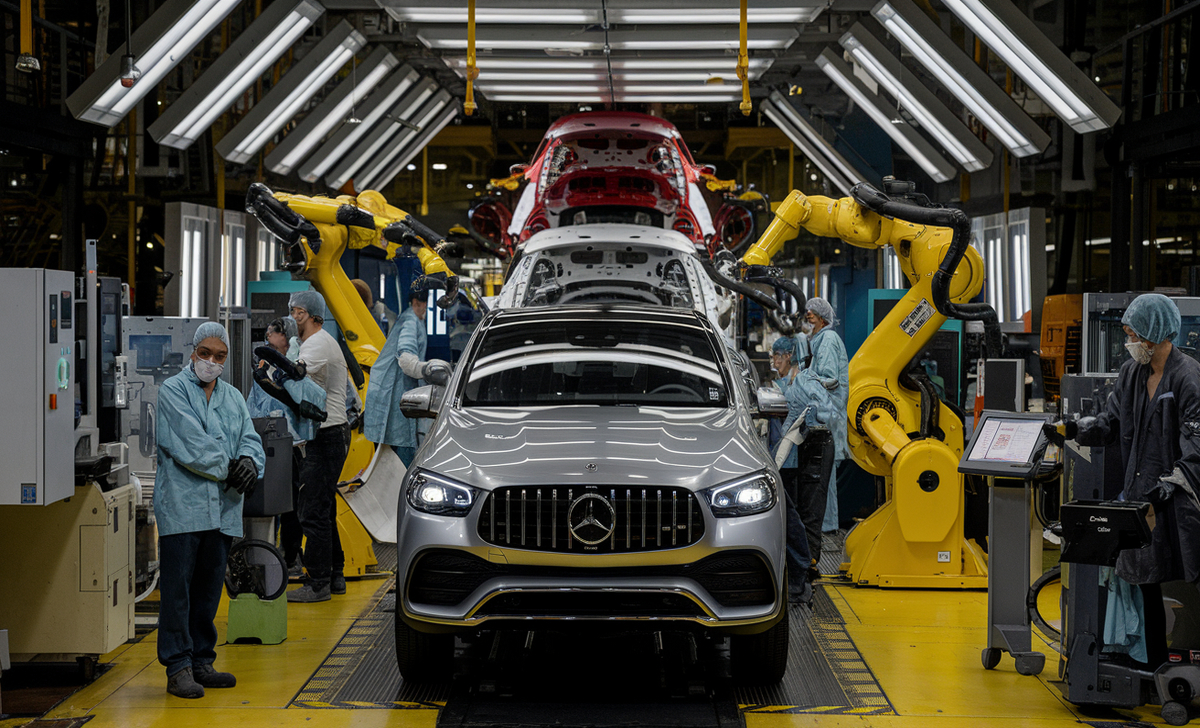
Key Takeaways
- Mercedes-Benz is cutting production costs by 10% by 2027 and 20% by 2030.
- The company is localizing production in China and the U.S. to reduce supply chain disruptions.
- Focus is shifting toward high-margin luxury models to protect earnings.
- Investments in automation and data science enhance operational efficiency.
- Strategies aim to counter inflation, rising input costs, and potential U.S. tariffs.
Global Inflation And Its Impact On The Auto Industry
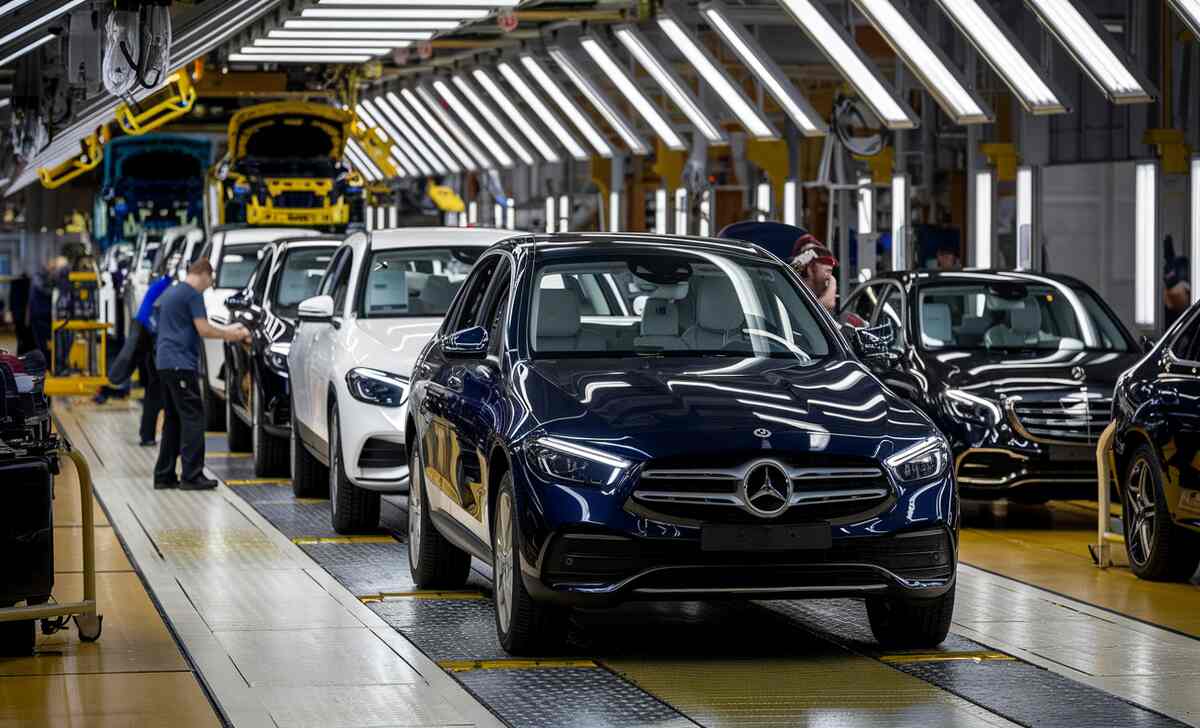
If you’ve been following the automotive industry, you’ve probably noticed how economic shifts have put pressure on car manufacturers. Rising input costs, inflationary pressures, and tariffs have made it harder for companies to maintain their profit margins.
Mercedes-Benz, one of the leading German carmakers, is now tackling these cost pressures with a strategic approach to production, supply chains, and operational efficiency. But how exactly are they doing it?
Why Mercedes-Benz’s Cost Strategies Matter

When a company like Mercedes-Benz makes financial adjustments, it impacts the entire automotive industry. Investors, supply chains, and even consumer demand are affected. Given rising trade tensions, higher tariffs, and increasing production costs, Mercedes-Benz’s strategy gives us a glimpse into how luxury vehicles can stay competitive in uncertain economic times.
Key Highlights Of Mercedes-Benz’s Cost-Cutting Measures
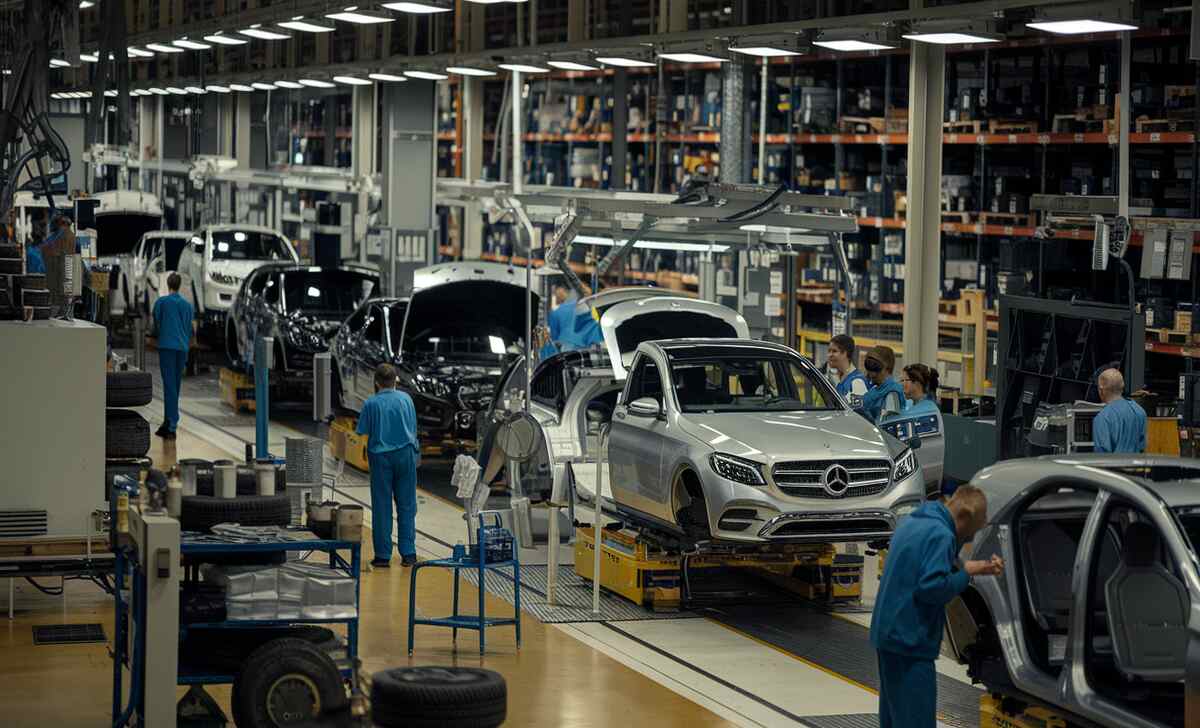
- Streamline production to lower costs by 10% by 2027 and 20% by 2030.
- Adapting to supply chain disruptions by localizing production in China and the U.S.
- Shifting focus toward high-margin models to protect earnings.
- Avoiding layoffs in Germany while restructuring operational expenses.
- Addressing the impact of tariffs, inflation, and supply shortages.
Current Economic Landscape
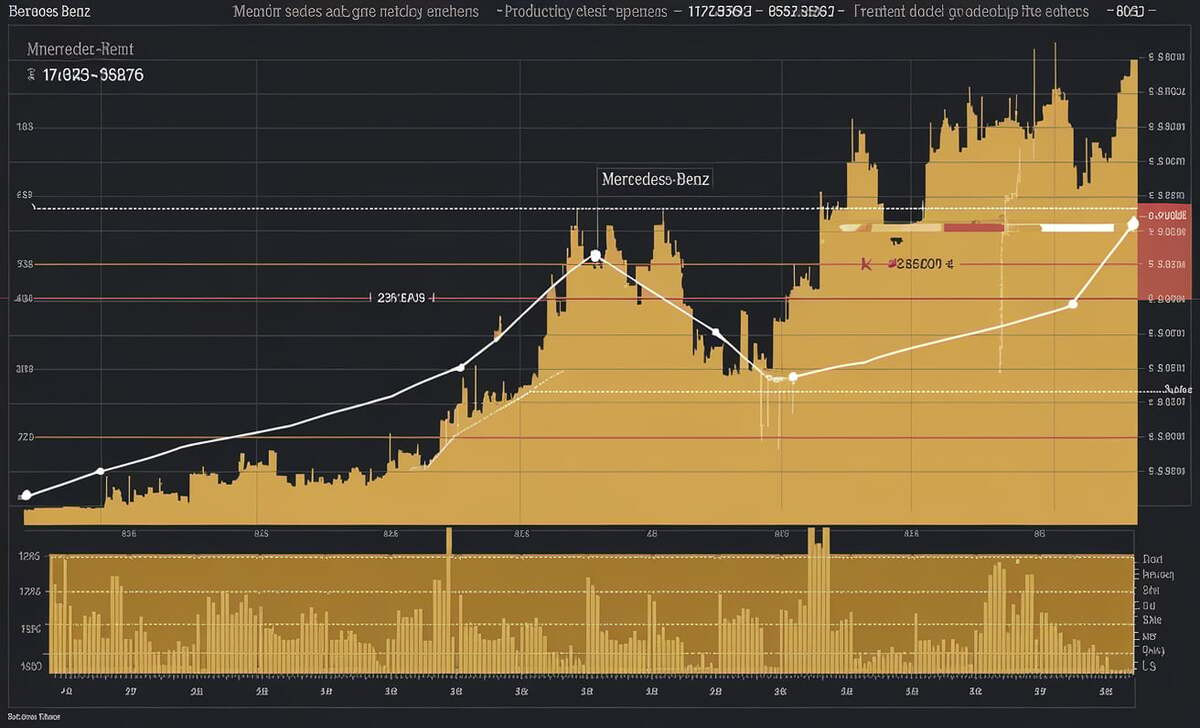
Mercedes-Benz is facing one of the toughest economic climates in recent history. Inflation has driven up production costs, while rising input costs have made raw materials more expensive. Meanwhile, investor sentiment remains shaky as equity markets react to inflationary pressures and global financial instability.
Additionally, Germany’s federal election has added another layer of uncertainty, as potential policy changes could impact the automotive industry. With the possibility of a 25% tariff on imported vehicles in the U.S., Mercedes-Benz must navigate both political and economic risks.
Reasons For Cost-Cutting Initiatives
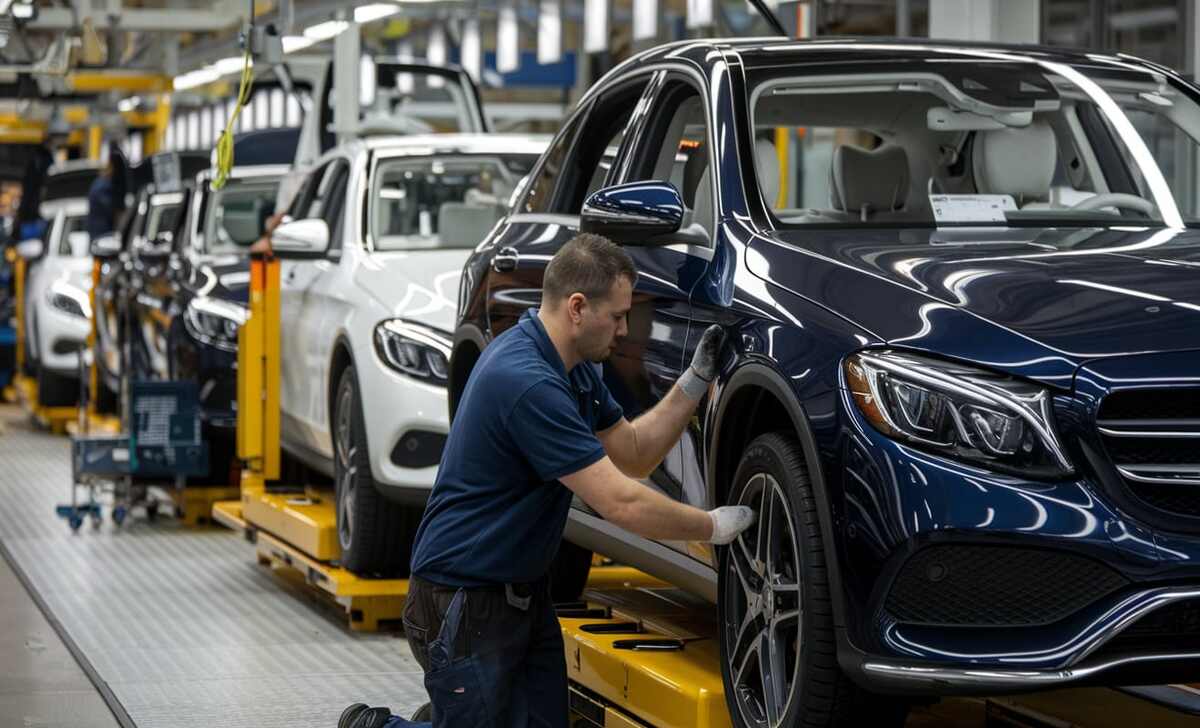
Mercedes-Benz is cutting costs to combat rising input costs, supply chain disruptions, and inflationary pressures. With higher tariffs, shifting consumer demand, and economic uncertainty, the German carmaker is optimizing production and lowering expenses to protect profit margins while maintaining its luxury vehicle appeal.
Rising Raw Material Prices
The automotive industry heavily relies on materials like steel, aluminum, and lithium- key components for vehicle production. Over the past few years, global supply chain disruptions and rising inflation have driven up the costs of these raw materials.
For Mercedes-Benz, this means higher production expenses, directly impacting profit margins. To counter these rising costs, the company is actively seeking more cost-effective suppliers, optimizing material usage, and reducing production waste. By improving efficiency in sourcing and manufacturing, Mercedes-Benz aims to maintain quality while keeping costs under control.
Changing Consumer Demands
Luxury car buyers are becoming more cautious with their spending, largely due to rising interest rates and economic uncertainty. With higher borrowing costs, consumers are prioritizing vehicles that offer fuel efficiency, advanced technology, and long-term value.
Mercedes-Benz has responded by refining its product lineup, focusing on models that balance luxury with efficiency. The company is also investing in research and innovation to align its offerings with shifting consumer preferences while ensuring steady sales performance.
Mercedes-Benz’s Strategic Plan
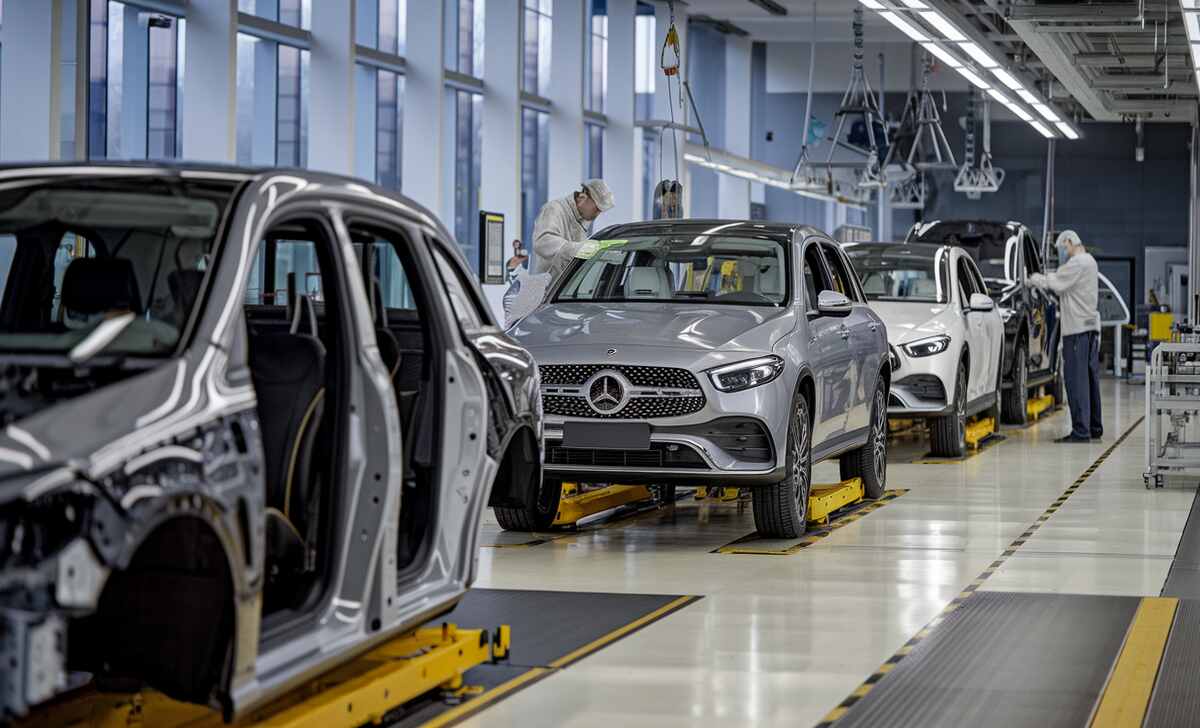
To navigate economic uncertainty, Mercedes-Benz is implementing a cost-cutting strategy aimed at sustaining profitability while adapting to shifting global trade policies. Rising input costs, supply chain disruptions, and inflationary pressures have made efficiency a priority. The company is focusing on reducing expenses without compromising quality, ensuring long-term competitiveness in the luxury vehicle market.
Goals Of The Cost-Cutting Measures
- Protect profit margins despite rising inflation and tariffs.
- Lower input costs while maintaining premium quality.
- Adapt to evolving trade regulations and global market shifts.
Areas Of Focus For Cost Reduction
- Production: Optimizing assembly lines for better efficiency.
- Supply Chains: Strengthening local supplier networks to prevent delays.
- Technology: Expanding automation to reduce labor costs and errors.
Operational Efficiency Techniques
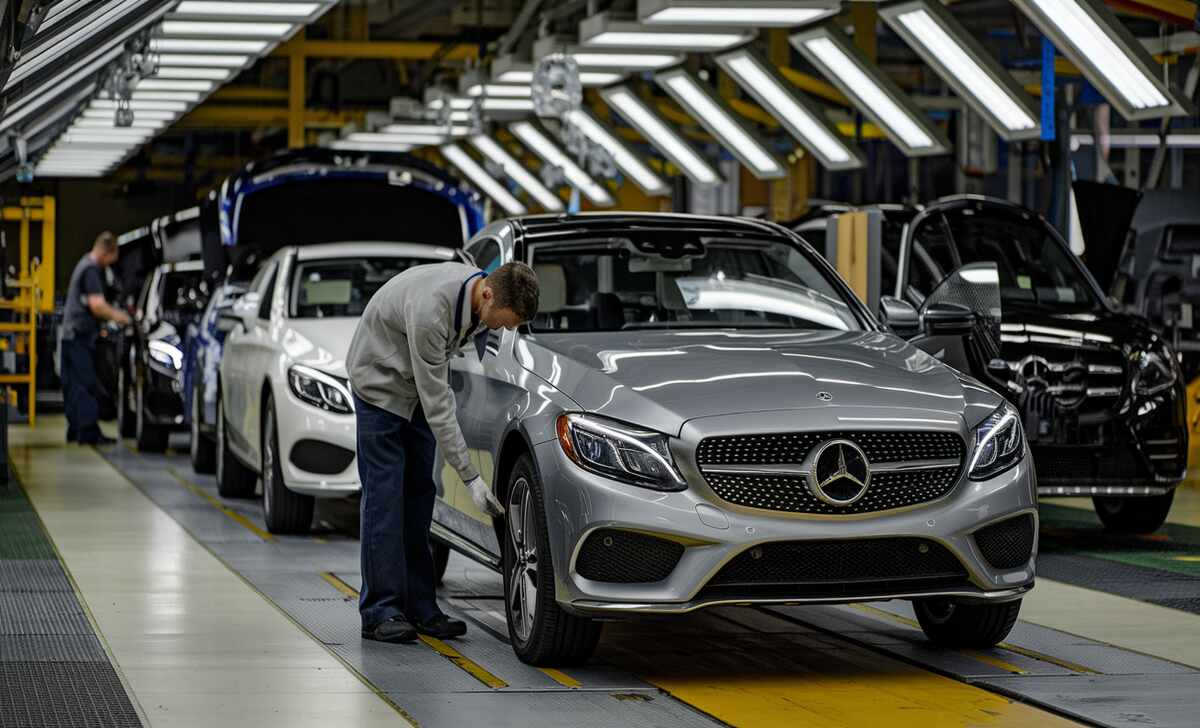
Mercedes-Benz is taking decisive steps to improve efficiency and reduce expenses amid rising input costs and inflationary pressures. By streamlining production, optimizing supply chain management, and leveraging advanced technology, the company aims to maintain strong profit margins while adapting to economic challenges.
Streamlining Production Processes
To lower production costs, Mercedes-Benz is shifting some manufacturing from Germany to Hungary, where expenses are significantly lower. By consolidating production facilities and reducing dependence on costly European supply chains, the company is enhancing operational efficiency without compromising quality.
Optimizing Supply Chain Management
Supply chain disruptions have severely impacted German automakers, pushing Mercedes-Benz to diversify its logistics network. By securing alternative suppliers and strengthening regional partnerships, the company ensures a steady supply of critical components, reducing the risk of production slowdowns.
Investing In Technology And Automation
Mercedes-Benz is integrating data science, robotics, and automation to streamline manufacturing. By automating key production processes, the company is cutting labor costs, improving precision, and maintaining consistent quality- allowing it to remain competitive despite rising production expenses.
Impact on Product Quality And Innovation
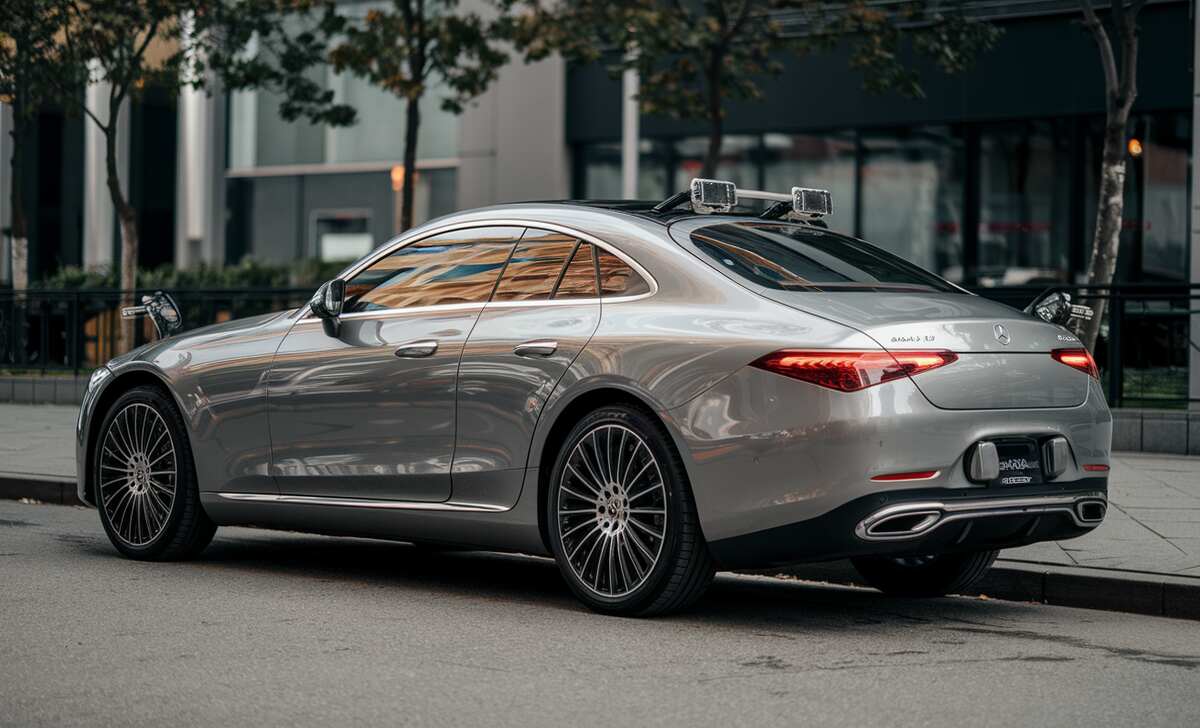
Mercedes-Benz is carefully managing cost reductions while maintaining its reputation for luxury and performance. The company is prioritizing high-end models, ensuring that efficiency improvements do not affect craftsmanship, advanced features, or driving experience.
By leveraging innovative materials and cutting-edge technology, Mercedes-Benz continues to deliver premium vehicles despite rising input costs.
Balancing Cost Management And Quality
- Focus on luxury models to preserve brand reputation.
- Maintain high standards in craftsmanship and materials.
- Implement strategic cost reductions without affecting performance.
Innovations In Design And Manufacturing
- Use of lightweight materials for better fuel efficiency.
- Investment in next-generation EV technology.
- Advancements in automated manufacturing for precision and consistency.
Industry Implications
The cost-cutting measures adopted by Mercedes-Benz are reshaping the broader automotive industry. As rising input costs, inflationary pressures, and global trade uncertainties continue to challenge manufacturers, other carmakers are likely to follow suit. Strategies such as shifting production to lower-cost regions, optimizing supply chains, and increasing automation are becoming essential for survival in a competitive market.
Impact On The Automotive Sector
- Encourages other German automakers to explore cost-reduction strategies.
- Accelerates the adoption of automation and AI-driven manufacturing.
- Pushes European carmakers to rethink pricing and production models.
Lessons For Other Industries
- Aerospace and defense industries (including BAE Systems) can apply similar efficiency-driven strategies.
- Supply chain diversification is crucial for managing rising trade tensions and tariffs.
- Companies across sectors must balance cost reduction with maintaining product quality and innovation.
Conclusion
Mercedes-Benz is taking a calculated approach to managing rising costs, combining strategic cost reductions, supply chain optimization, and advanced technology integration. By localizing production, automating processes, and adapting to shifting consumer demand, the company is positioning itself to remain competitive despite inflationary pressures and rising input costs.
However, challenges remain. The threat of higher tariffs, supply chain disruptions, and shifting investor sentiment in the equity markets could impact long-term profitability. With German stocks facing volatility and the European market navigating economic uncertainty, Mercedes-Benz’s ability to maintain strong profit margins will depend on the success of these measures.
While the company has achieved record operating profits in previous years, the real test lies ahead- whether these strategies will sustain Mercedes-Benz’s dominance in the luxury automotive industry.
FAQs
1.How Is Mercedes-Benz Handling Rising Input Costs?
Mercedes-Benz is optimizing its supply chains, localizing production, and investing in automation to offset higher input costs.
2.Will Mercedes-Benz Continue Producing Luxury Vehicles Despite Cost Pressures?
Yes, the company remains committed to high-margin luxury models, ensuring that cost reductions do not compromise quality.
3.How Do Tariffs Affect Mercedes-Benz’s Earnings?
A 25% tariff on vehicle imports could impact U.S. sales, prompting Mercedes-Benz to adjust its production strategies to mitigate potential revenue losses.
4.Is Mercedes-Benz Cutting Jobs To Lower Costs?
While not implementing widespread layoffs, Mercedes-Benz is reducing its workforce through natural attrition and voluntary departures to achieve cost savings.
5.What Role Does Data Science Play In Mercedes-Benz’s Cost Reduction Efforts?
Data science aids in optimizing production efficiency, predicting supply chain disruptions, and managing financial risks, contributing to overall cost reduction.
6.How Has Global Inflation Impacted Mercedes-Benz’s Sales Figures?
Global inflation has led to increased production costs, which, coupled with changing consumer demands, have contributed to a sales drop in certain markets.
7.What Measures Is Mercedes-Benz Taking To Maintain Profit Margins?
The company is focusing on cost-cutting measures, optimizing operations, and emphasizing high-margin luxury models to sustain profit margins.
8.How Does Mercedes-Benz’s Strategy Compare To Other German Carmakers?
Mercedes-Benz’s proactive approach to cost management and innovation sets it apart from some competitors, positioning it favorably in the German automotive industry.
9.What Are The Expectations For Mercedes-Benz’s Financial Performance In The Coming Years?
Despite current challenges, Mercedes-Benz aims to achieve an adjusted return on sales of up to 14% in favorable conditions, demonstrating a positive outlook.
10.How Might The German Federal Election Impact Mercedes-Benz’s Operations?